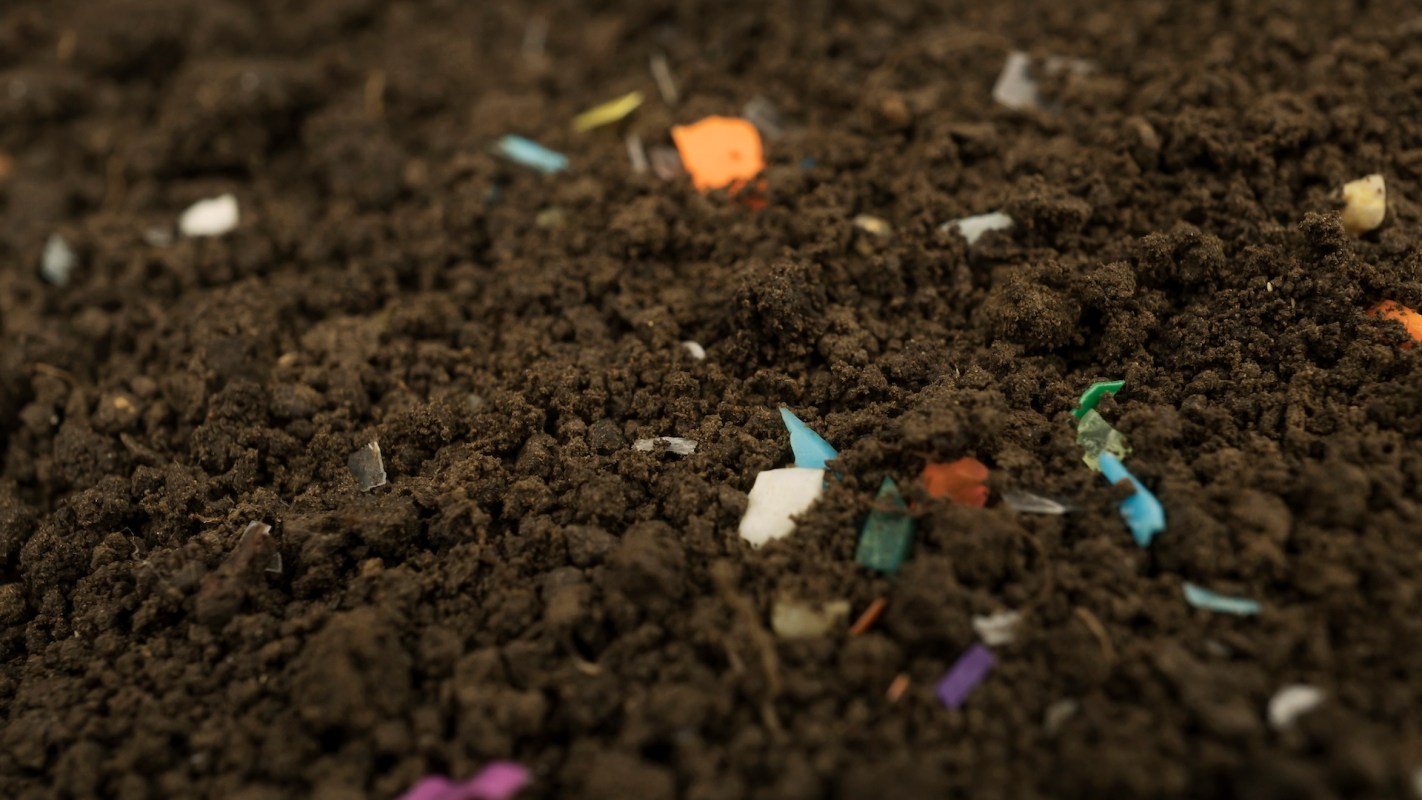Trees play a crucial role in filtering our air of pollutants, making it healthier to breathe and cooling our planet in the process. This has led to them being referred to as "carbon sinks," meaning that they absorb planet-overheating carbon dioxide from the atmosphere.
Now, a new study has found that trees may be able to filter microplastics out of the air as well.
"It has been discovered that forests might be acting as a sink for these airborne microplastics, offering humanity yet another crucial service," Phys.org reported.
The study, published in the scientific journal Environmental Chemistry Letters, focused on the leaves of the Quercus serrata, or konara oak tree, in a small forest in Tokyo.
"We found that airborne microplastics strongly adsorb to the epicuticular wax on the leaf surface," Akane Miyazaki, the senior author of the study, explained. "In other words, these particles accumulate when they stick to the waxy surface coating of leaves."
Microplastics — tiny plastic particles that result from commercial processes and the breakdown of plastic products — have been found nearly everywhere on Earth, from the deepest parts of the ocean to remote, uninhabited places like Antarctica.
The effects of microplastics on humans and other species are still being researched, and there is uncertainty about the amount of harm they cause. However, some research has indicated that they could make us more vulnerable to cancer, heart disease, kidney disease, Alzheimer's, and fertility issues.
One aspect of the uncertainty is that over 10,000 chemicals are used to make plastic, so the combination of chemicals present in these tiny particles is variable and indeterminate. "What you have is an absolute unknown cocktail of chemicals that are on these microplastics," said Frederick vom Saal, professor emeritus of biology at the University of Missouri.
The fact that trees — some species, at least — can trap airborne microplastics means that we need to preserve our forests now more than ever.
Join our free newsletter for cool news and cool tips that make it easy to help yourself while helping the planet.









